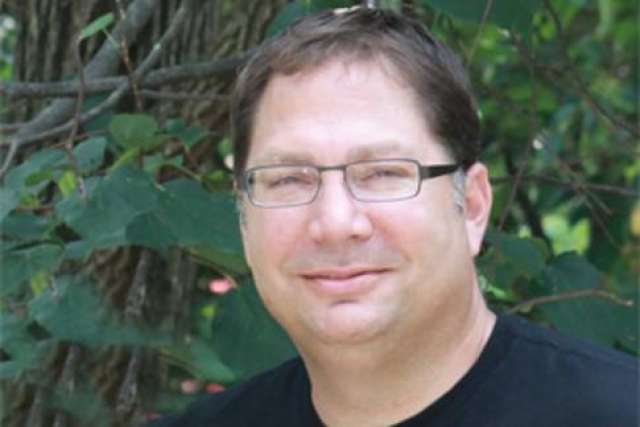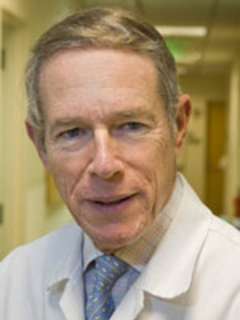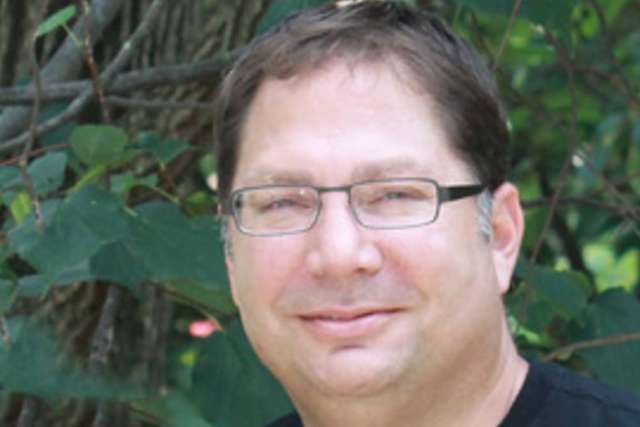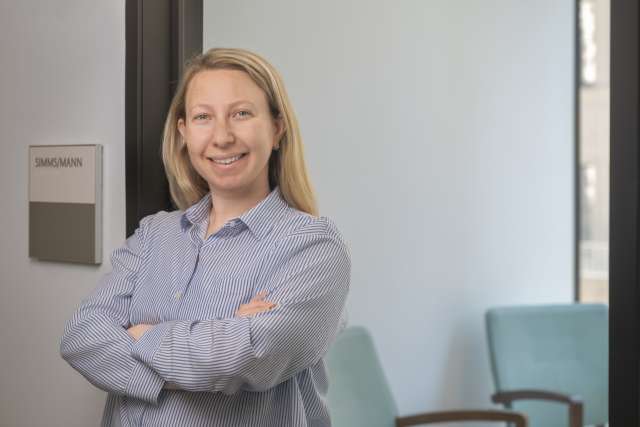Active Surveillance and Life Beyond Prostate Cancer: David Orthner’s Story on Living with the Enemy
David Orthner learned he might have cancer by a fluke.

When sending his blood sample to the lab after a routine physical, Orthner’s doctor checked the box for a prostate-specific antigen (PSA) measurement, something not typically done until a patient turns 50. At the time, Orthner was a 42-year-old sales executive at Cisco System who had a 6-year-old with his wife of 21 years. He was in his prime. This wasn’t the time to be worried about his prostate – or so he thought, until the lab results came back indicating a high PSA level: a sign of possible prostate cancer.
Orthner visited Dr. Leonard Marks, a UCLA Urologist specializing in prostate cancer. As he sat in the waiting room with men 20-30 years his senior, Orthner felt like he didn’t belong. Dr. Marks performed a biopsy that collected 10 samples from different areas of the prostate, which is the size of a walnut. Although the results came back negative for prostate cancer, Orthner wasn’t in the clear: His blood tests showed that his PSA level was on the rise, and a magnetic resonance imaging (MRI) study of his prostate revealed a shadowy area of concern.

Dr. Marks conducted a second test – in this case, a “targeted biopsy” of Orthner’s prostate performed with new technology his group has pioneered. Fusing MRI results with real-time ultrasound, the new machine acts like a GPS in logging the exact coordinates of the prostate biopsy, a significant improvement over the conventional “blind biopsy” approach. After targeting the area of concern, Dr. Marks found a small amount of cancer. He suggested waiting another six months and then taking another biopsy.
“No one ever wants to hear the C-word,” Orthner says. “Waiting doesn’t seem to go with cancer, but in my case, it was right.”
Unlike most other cancers, prostate cancers often grow slowly and may never be lethal; in some cases, surgical treatment isn’t worth the potential impact on quality of life from sexual and urinary side effects. Concerned about the quality of life impact, Orthner listened to Dr. Marks’ advice and opted for a strategy of active surveillance. In making the decision, he and his wife chose to be guided by their trust in the expertise of Dr. Marks over their fear of the cancer.
Six months later the biopsy returned clean, with no detectable sign of cancer, though Orthner’s PSA level continued to be high. He remains in UCLA Urology’s Active Surveillance for Cancer of the Prostate Program, going in annually to ensure that treatment is still not needed. At 45, Orthner is living his life beyond prostate cancer.



